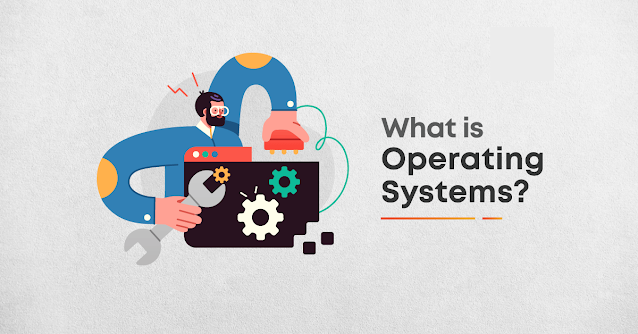What is Modular Programming? Where is it used?
A module is a separate application component. It may frequently be utilized in a number of functions and applications with different elements of this machine. Similar functions are grouped into precisely the exact same component of programming language and separate functions are manufactured as separate units of code so the code could be reused by other programs. Modular programming empowers multiple developers to split up the job and debug portions of this program independently.
Advances in programming impose logical boundaries between elements and enhance maintainability. They're incorporated through ports. Teams may create modules separately and don't need knowledge of all modules from the system.
Each modular program has a version number associated with that. This gives programmers flexibility in module upkeep. If any changes must be implemented to a module, then just the affected subroutines need to be altered. This makes the program much easier to read and comprehend.
Modular programming includes a major module and lots of auxiliary modules. The most important component is compiled as an executable (EXE), which requires the auxiliary module works. Function titles across modules must be exceptional for simple access if works employed by the primary module has to be exported.
The Advantages of utilizing modular programming include:
- Less code needs to be written.
- A single process could be made for reuse, eliminating the need to retype the code several times.
- Programs may be made more readily because a little team deals with just a little portion of the whole code.
- Modular programming enables many developers to collaborate on precisely the exact same application.
- The code is saved across multiple documents.
- Code is brief, simple and easy to comprehend.
- Errors can readily be identified, since they are localized to a subroutine or function.
- The exact same code may be utilized in several programs.
- The majority of variables can readily be controlled.



Comments
Post a Comment